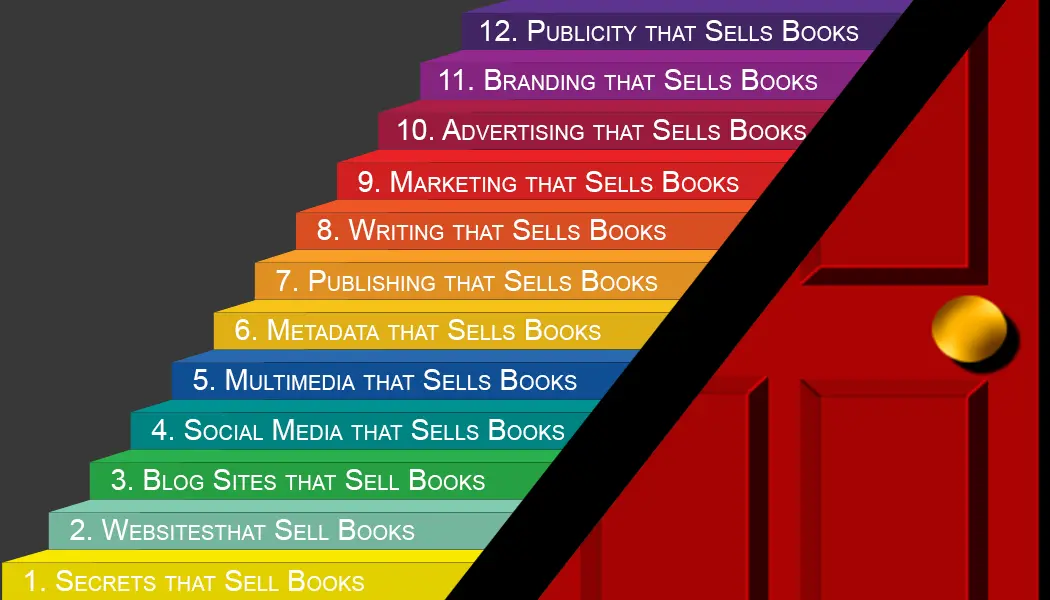In today’s competitive business environment, developing a brand strategy is more crucial than ever. It serves as a blueprint for building a unique identity that resonates with consumers and stands out in the marketplace. A well-executed brand strategy not only enhances visibility but also drives customer loyalty and long-term profitability. This detailed guide provides an extensive roadmap for creating an effective brand strategy, from foundational work to execution and ongoing management.
Understanding the Essence of Brand Strategy
A brand strategy is a detailed plan formulated to build and sustain a desired perception of your business in the consumer’s mind, shaped through the consistent application of your brand across all communication and marketing channels. It combines elements of your company’s personality, values, and the unique benefits your products or services offer.
Purpose of a Brand Strategy
The main goal of a brand strategy is to elevate your business by creating emotional connections with your audience, differentiating from competitors, and establishing a loyal customer base. It outlines the approach to communicate your brand’s message effectively and achieve specific business objectives.
Step 1: Define and Articulate Your Brand
When developing a brand strategy, the first step is to lay down the fundamental aspects of your brand that reflect who you are as a business.
Vision and Mission
Your vision and mission statements provide a long-term perspective on what you aspire to achieve and how you plan to get there, acting as guiding principles for all strategic decisions.
Core Values
Determine the core values that embody the essence of your brand. These values should resonate with your target audience and be evident in every aspect of your business, from customer service to product development and marketing.
Unique Selling Proposition (USP)
Identify what sets you apart from the competition. This could be a distinctive feature of your product, a unique service model, or a particular market niche you occupy. Your USP should form the backbone of your marketing messages and brand positioning.
Step 2: Deep Dive Into Market Research
Thorough market research is pivotal in understanding the landscape in which you operate, identifying opportunities, and refining your strategy to meet the needs of your target audience.
Audience Analysis
Develop comprehensive buyer personas that detail the demographic and psychographic characteristics of your target market. Understand their behaviors, motivations, and pain points to tailor your brand messaging effectively.
Competitor Analysis
Analyze your competitors to benchmark against the best practices and identify areas where your brand can offer superior value. This analysis helps in fine-tuning your USP and positioning your brand more strategically.
Step 3: Develop and Position Your Brand
Strategically position your brand in the marketplace to appeal to your target customer demographic.
Positioning Statement
Craft a clear and potent positioning statement that encapsulates what your brand stands for. This statement should succinctly convey the unique benefits your brand offers and how it solves the customer’s problems.
Messaging Strategy
Develop a cohesive messaging strategy that consistently communicates your brand’s values and benefits across all channels. This strategy should ensure that every piece of content you produce reinforces your brand’s narrative and engages your audience effectively.
Step 4: Build a Visual Identity
The visual aspects of your brand are often the first point of interaction with your audience, making a significant impact on their perception of your brand.
Logo and Design Elements
Design a logo and accompanying visual elements that are memorable and reflective of your brand’s ethos. These elements should be versatile enough to be effective across various mediums and contexts.
Brand Style Guidelines
Create detailed brand style guidelines that prescribe how your visual and verbal branding should be applied. These guidelines ensure consistency across all marketing materials and touchpoints, which is vital for building brand recognition.
Step 5: Strategize Your Marketing
Plan and implement a marketing strategy that aligns with your brand strategy, designed to introduce your brand to the market and maintain its visibility.
Channel Strategy
Select the appropriate mix of digital and traditional marketing channels based on where your audience spends their time. This might include online advertising, social media marketing, email campaigns, TV commercials, print ads, and public relations.
Content Strategy
Outline a content strategy that supports your brand’s goals, drives engagement, and enhances customer retention. This should include a variety of content types tailored to different stages of the customer journey, from awareness to decision-making and loyalty.
Step 6: Implementation, Monitoring, and Evolution
A brand strategy is not static; it requires constant adaptation and refinement based on market feedback and changing conditions.
Implementation
Roll out your brand strategy across all aspects of your business. Ensure that every employee understands how to convey the brand in their interactions and responsibilities.
Monitoring and Analytics
Utilize analytics tools to monitor the effectiveness of your brand strategy. Track key performance indicators (KPIs) related to brand awareness, customer engagement, and loyalty to understand the impact of your efforts.
Continuous Improvement
Regularly revisit and revise your strategy based on performance data and customer feedback. Stay attuned to market trends and shifts in consumer behavior to keep your brand relevant and competitive.
Conclusion: Developing a Brand Strategy
Developing a brand strategy that is compelling is essential for carving out a distinctive presence in a crowded market. By following this detailed roadmap, businesses can create a powerful brand identity that not only captures attention but also fosters lasting customer relationships. Remember, a successful brand strategy is a continuous journey that evolves with your business and your audience.
__________________________________________
Related Entries:
Effective Sales and Advertising Strategy: A Roadmap
Related Topics:
Visit our website at www.AuthorsDoor.com and our blog site at www.AuthorsRedDoor.com as you continue your author-publisher journey.


